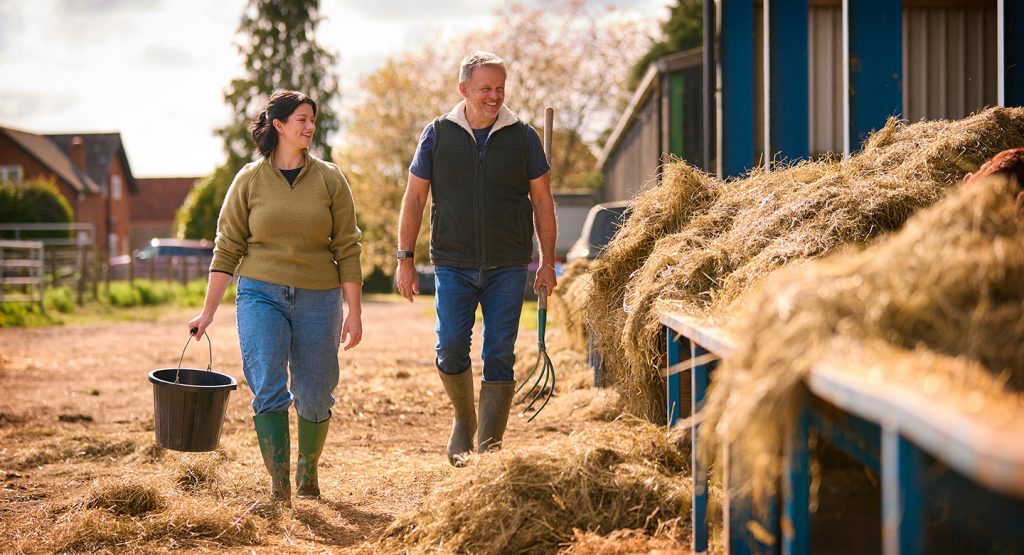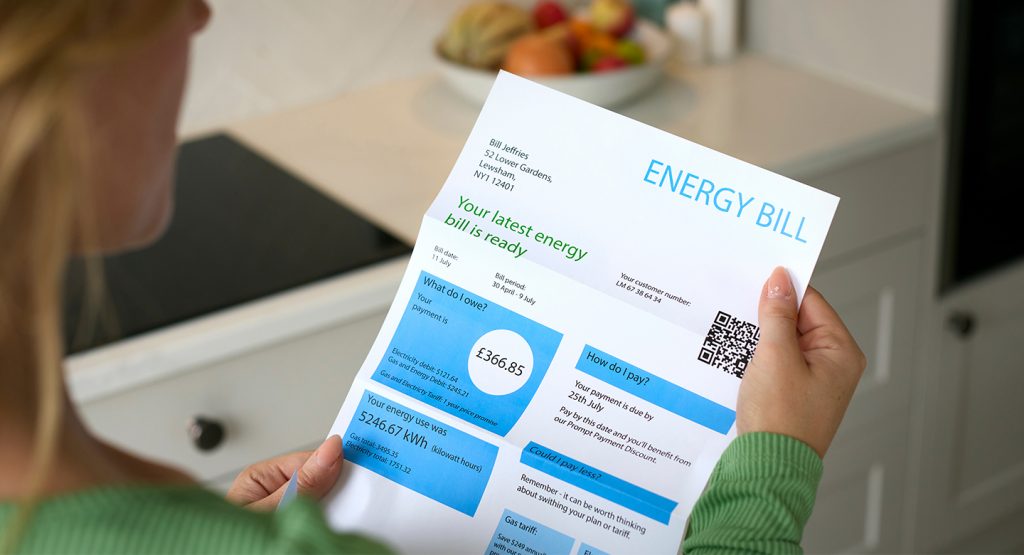October 2025
Welcome to the October 2025 issue of our newsletter. Below you’ll find all the articles compiled for easy reading and sharing.
Capital Gains Tax: getting Private Residence Relief
If all else fails, two thousand bottles of wine might clinch the deal.
For most people, getting the Capital Gains Tax (CGT) exemption known as Private Residence Relief (PRR) on the sale of their main residence is unproblematic. Broadly, PRR should be straightforward where you have occupied the property as your main residence for the entire time you have owned it, have not let part of it out, have not used one part exclusively for business, the grounds, including all the buildings, are less than about 1.25 acres, you are UK resident for tax purposes, and did not purchase in order to make a profit.
Whether one couple, Mr and Mrs Eyre, ticked all the right boxes was recently decided in a dispute over PRR on the sale of a house in Chelsea, purchased for just under £10 million, and sold – after a far from average refurbishment – for £27,750,000. The original house was demolished, with another built in its place. The new house boasted a car stacker for classic cars, and swimming pool featuring ‘unbelievably expensive’ marble. The Eyres moved in during 2013, and sold in 2015. HMRC raised assessments for £3.3 million, arguing that the transaction was a venture in trade; and the house not the main residence.
The Tribunal disagreed. It held that the house had been purchased to live in, and that the period in which the Eyres lived there bore the hallmarks of genuine residence. The Eyres were on the electoral roll there, had their post redirected, and were liable for council tax there. The highly personalised refurbishment helped: it seemed unlikely that 2,000 bottles of Château Montrose would have been moved into the Chelsea cellar had the Eyres meant to sell and move on.
We are always pleased to advise on PRR – whatever you happen to have in your cellar.

Inheritance Tax: no ease up on changes
Inheritance Tax (IHT) net set to widen.
Changes announced last year are set to bring a radical overhaul of two key IHT reliefs, business property relief (BPR) and agricultural property relief (APR), from 6 April 2026.
The real game changer is the significant restriction in the amount of relief at 100% available on the value of qualifying agricultural property and relevant business property in an estate or settlement (trust). At present, availability of 100% relief on qualifying property is unlimited, but the new rules cap this, with the introduction of a £1 million allowance. The outworking will be that many more people will now need to fund an IHT liability in the future.
In outline:
- The new £1 million allowance will apply to the combined value of business and agricultural assets in an estate qualifying for 100% BPR and/or 100% APR
- The £1 million allowance will also apply to the combined value of relievable agricultural and business property in trusts
- Any qualifying relievable property above this £1 million limit will attract relief at a lower rate of 50%
- The £1 million allowance will increase in line with inflation from 6 April 2030.
What might this mean for you? The £1 million limit is a per person limit, and it won’t be possible to transfer unused allowance between spouses or civil partners. Advance planning will be key, to ensure maximum use is made of each individual limit. Changes will need consideration alongside other IHT rules, like those on lifetime gifting, and an assessment of how IHT interacts with other taxes. There will also be the need to consider how any future tax liability arising on death will be paid. Some business owners may need to fast forward plans to pass assets to the next generation – or restructure how the business is owned and run.
There could be last-minute adjustments to the new rules, but the expectation is for definite change, so plans should be made accordingly.
Further changes to IHT are expected from 6 April 2027, bringing unused pension funds and death benefits within scope of IHT. Bespoke advice is always recommended.

Winter Fuel Payment options
Under new rules, more pensioners are now eligible for the Winter Fuel Payment in England, Wales, and Northern Ireland, and the Pension Age Winter Heating Payment in Scotland.
Where taxable income exceeds £35,000, HMRC will seek to recover any payment received by adjusting the tax code for 2026/27 or via the Income Tax self assessment tax return for 2025/26. For many people, these additional processes may be an unwelcome inconvenience.
Payments are usually made automatically to those eligible; you must opt out to avoid payment and claw back. Deadlines for opting out this year have passed in all parts of the UK, and those who missed it will fall into the payment and recovery cycle for winter 2025/26.
The first year you can opt out of is 2026/27. If you live in England, Wales or Northern Ireland, you will be able to opt out from 1 April 2026 for 2026/27 and subsequent years. If in Scotland, you can apply now via mygov.scot, but this only impacts payments from winter 2026/27 onwards.

Employment status
It may not be as straightforward as you think.
When is a volunteer not a volunteer? When they’re a worker as regards employment status? It’s a question the Court of Appeal will be considering later this year.
Mr Groom volunteered for years at the Coastal Rescue Service (CRS). After a disciplinary issue, Mr Groom asked to be accompanied by a trade union rep, but was refused because that right only applies to workers. The EAT examined whether he was a worker, not just a volunteer.
It’s not always appreciated in law that the label isn’t decisive. What matters is legal status. Depending on the arrangement, a ‘volunteer’ could actually be a worker or employee, with rights like minimum wage and paid holidays.
The defining feature is a contract. Mr Groom had a Volunteer Agreement and could submit claims for payment for certain activities. Payment was for costs and compensation for disruption.
The EAT ruled that a contract exists for activities with the right to payment, so Mr Groom was a worker for those activities. Not all volunteers will necessarily be classified as workers.
Anyone using volunteers, offering work experience, or internships should ensure their arrangements are reviewed to reduce the risk of being classified as conferring worker or employee status.

Making Tax Digital latest
HMRC continues its roll-out of Making Tax Digital for Income Tax (MTD IT), but has changed its plan for Corporation Tax.
MTD IT is now well on the horizon, with draft legislation published and HMRC’s Transformation Roadmap. ‘HMRC will look very different by 2030. Almost all straightforward queries will be handled digitally, at least 90% by digital means.’
New rules for sole traders and landlords:
MTD IT will require quarterly updates online using specified software:
- From 6 April 2026 for qualifying income over £50,000 (2024/25 tax year)
- From 6 April 2027 for qualifying income over £30,000 (2025/26)
- From 6 April 2028 for qualifying income over £20,000 (2026/27)
The government is considering extending digitalisation for those below the £20,000 threshold.
Corporation Tax: The plan for MTD has been abandoned for now, but the Roadmap indicates continued modernization and consultation.
HMRC’s new digital compliance world will bring challenges; expert advice is available for queries.

Cryptoassets to become more visible to HMRC
From 1 January 2026, new reporting rules will provide HMRC with more information on cryptoasset users and their transactions.
Service providers must collect and report specific data on users, who must supply identifying details. Non-compliance can lead to penalties up to £300.
This move standardizes global reporting under the Cryptoasset Reporting Framework (CARF), aiming for better international tax compliance by sharing data between countries.
UK-based crypto service providers, NFT marketplaces, wallet apps, and portfolio services are affected. Users will need to provide details that link transactions to tax records.
Using a non-UK provider may mean your info is shared with HMRC if that country participates in the agreement.
The taxation of cryptoassets can be complex—professional advice is recommended.

Why HMRC is interested in directors’ loan accounts
Many director-shareholders have a loan account with their company. This could be a formal loan, or informal withdrawals for personal use or expenses paid by the company. An overdrawn account is cleared typically by dividend, bonus, or loan write-off.
HMRC campaign: HMRC has sent letters to directors whose loans were written off or released between April 2019 and April 2023, possibly missing taxable income from their returns. Amendments can be made for 2023/24, earlier years require digital disclosure.
Directors’ loans affect Corporation Tax and employment tax:
- For close companies, the loans to participators rules apply. Outstanding loans may trigger a s455 Corporation Tax charge unless certain conditions (like loan size or employment) are met.
- A ‘beneficial loan’ can trigger a benefit in kind if above £10,000, at interest below the official rate (3.75% from April 2025), requiring P11D reporting and Class 1A NI.
- Writing off a loan usually results in dividend income assessment, not employment income. Proper procedure, shareholder approval, and legal documentation are vital to avoid HMRC reclassifying the amount as earnings with NI due.
Advice is essential in these complex cases.

The tax gap: keeping off HMRC’s risk list
The tax gap—difference between tax owed and paid—has grown to £46.8 billion.
HMRC uses this data to target its compliance strategy toward groups responsible for most of the gap.
Key findings:
- Small businesses (up to 20 employees, under £10 million turnover) account for 60% of the gap
- Corporation Tax is 40% of the gap
- Main behavioural reasons for the gap: lack of reasonable care (31%), error (15%), evasion (14%)
It is crucial to take reasonable care: keep sufficient records, seek advice on transactions, and ensure complete and correct returns.
Expert advice is available to help you stay compliant and confident.








